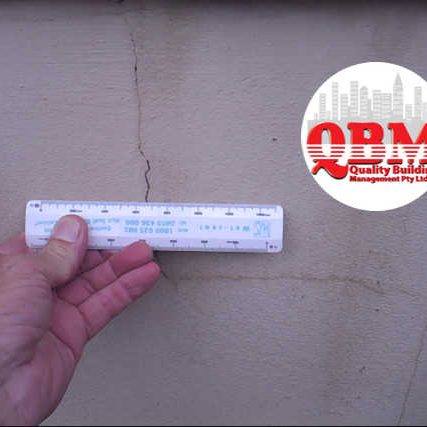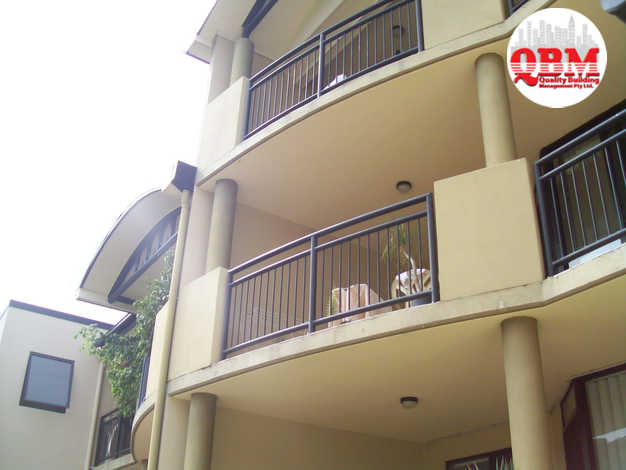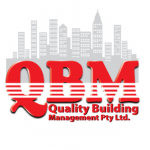Our dilapidation report services includes:
Pre Construction
Post Construction
WHY QBM?
QBM provides the most professional dilapidation report inspection and reporting services at a cost-effective price that reflects the requirements of building owners and contractors.
DILAPIDATION SURVEYS FOR CONTRACTORS

Why get a Dilapidation Report
If you are constructing infrastructure works for Government, then a condition of the contract will be to conduct dilapidation surveys upon adjoining properties.
These surveys are designed to protect both the contractor and the property owner should damage occur to adjoining properties.
Unfortunately some property owners don’t actually know the condition of their property, and when they identify a crack or other movement, they naturally blame this on the contractor performing the adjoining works and demand costly rectification works.
With a QBM Dilapidation Survey, the actual condition of all adjoining properties is identified prior to the works commencing. This protects the contractor as all such cracks and movement will have been identified with written words and photographic evidence to show that such cracks and movement was present prior to the works commencement.
However this will also prove if the works have contributed to such cracks and movement.
What is involved in a Dilapidation Survey?
All adjoining properties that will be impacted by planned works will be identified from the specified “impact one” depending upon the type of works. This generally will be specified in the specification for large infrastructure projects.
Letters are sent to the owners and tenants of all impacted properties to notify of the planned works and inspection times to conduct dilapidation surveys.
QBM works with the contractor to ensure all property inspections are completed prior to the commencement of works.
Electronic copies of written reports with full photographic evidence are provided to the contractor with copies available to be sent to the owners of all affected properties.
A Post-Construction Condition Survey will highlight any building defects that have occurred since the first survey or after construction with evidence that may assist to identify if the works actually impacted upon the property.
DILAPIDATION SURVEYS FOR HOME OWNERS
 Why get a Dilapidation Report
Why get a Dilapidation Report
Construction activities are not only inconvenient for neighbouring properties, but at times destructive for adjoining buildings due to the vibrations associated with the construction activities.
Owners who undertake a dilapidation survey on their property prior to adjoining complexes having works completed and are then protected from paying costly repair bills to rectify damage caused by the construction activities. Post constructions inspections are then undertaken to prove any change in the condition of the property had occurred due to the actual construction on adjoining properties.
Updated Building Authority legislation now allows claims against builders from adjoining property owners for damage resulting from construction activities.

